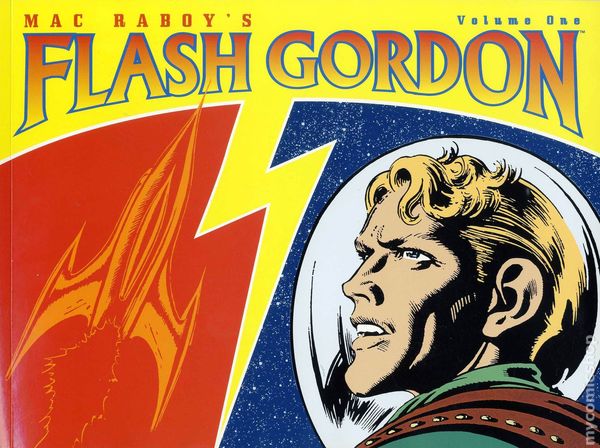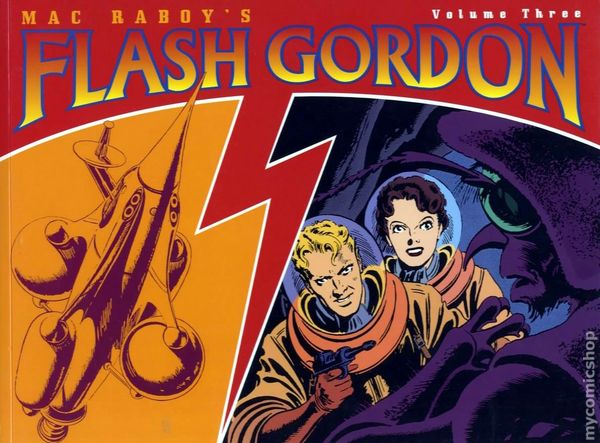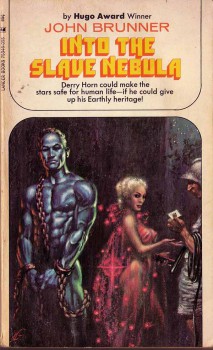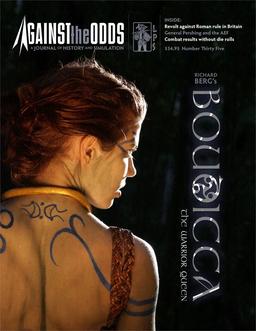 It seems so long ago now that our first website editor, the ridiculously gifted C.S.E. Cooney, packed up her bags and headed East to Rhode Island. There she found a small but comfy aerie to do her writing, and began turning out ridiculously wonderful short stories.
It seems so long ago now that our first website editor, the ridiculously gifted C.S.E. Cooney, packed up her bags and headed East to Rhode Island. There she found a small but comfy aerie to do her writing, and began turning out ridiculously wonderful short stories.
We’ve published a few here. Her novella “Godmother Lizard,” which Tangent Online called “a delightful fantasy… [it] entranced me from the beginning,” appeared here in November, and we published the sequel “Life on the Sun” — which Tangent called “bold and powerful… this one captured a piece of my soul. Brilliant” — on February 10.
But even Black Gate isn’t big enough to contain C.S.E. Cooney’s talent, and on May 1st her 19,000-word novella “Martyr’s Gem” was published online at GigaNotoSaurus. Here’s a taste from the intro, just to let you know what you’re in for:
“They remember the days before the Nine Cities drowned and the Nine Islands with them. Before our people forsook us to live below the waters, and we were stranded here on the Last Isle. Before we changed our name to Glennemgarra, the Unchosen.” Sharrar sighed. “In those days, names were more than mere proxy for, Hey, you!”
“So, Hyrryai means, Hey, you, Gleamy?”
“You have no soul, Shursta.”
“Nugget, when your inner poet is ascendant, you have more than enough soul for both of us. If the whitecaps of your whimsy rise any higher, we’ll have a second Drowning at hand, make no mistake.”
GigaNotoSaurus is a webzine edited by Ann Leckie. It publishes one longish fantasy or science fiction story every month, including the recent Nebula nominees “All the Flavors” by Ken Liu and “The Migratory Pattern of Dancers” by Katherine Sparrow.
Settle in to your favorite reading place, turn off your phone, and read “Martyr’s Gem” here.
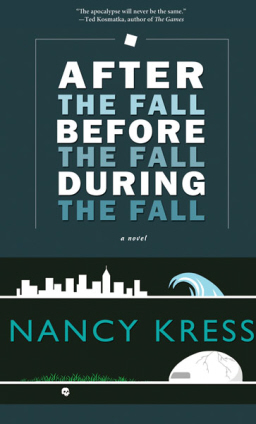 Major award-granting institutions continue to heap accolades on books I haven’t read.
Major award-granting institutions continue to heap accolades on books I haven’t read.
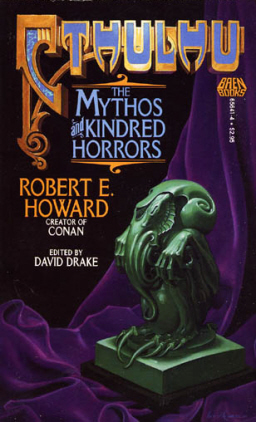
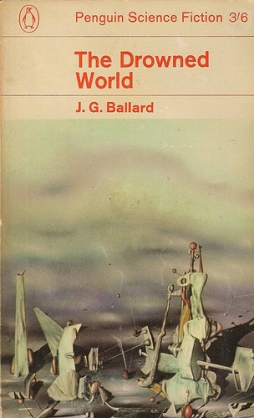 My copy of J.G. Ballard’s The Drowned World has an about-the-author section that describes the 1962 book as “a brilliant first novel that won him instant acclaim and had a dramatic effect on the state of science fiction.” Even allowing for the typically excessive claims of PR text, this is inaccurate: Ballard’s first novel was actually The Wind From Nowhere, published in 1961 and written in two weeks. Still, Ballard’s consistently downplayed and even disowned the earlier book, so let’s take him at his word. How does The Drowning World look fifty years on?
My copy of J.G. Ballard’s The Drowned World has an about-the-author section that describes the 1962 book as “a brilliant first novel that won him instant acclaim and had a dramatic effect on the state of science fiction.” Even allowing for the typically excessive claims of PR text, this is inaccurate: Ballard’s first novel was actually The Wind From Nowhere, published in 1961 and written in two weeks. Still, Ballard’s consistently downplayed and even disowned the earlier book, so let’s take him at his word. How does The Drowning World look fifty years on?